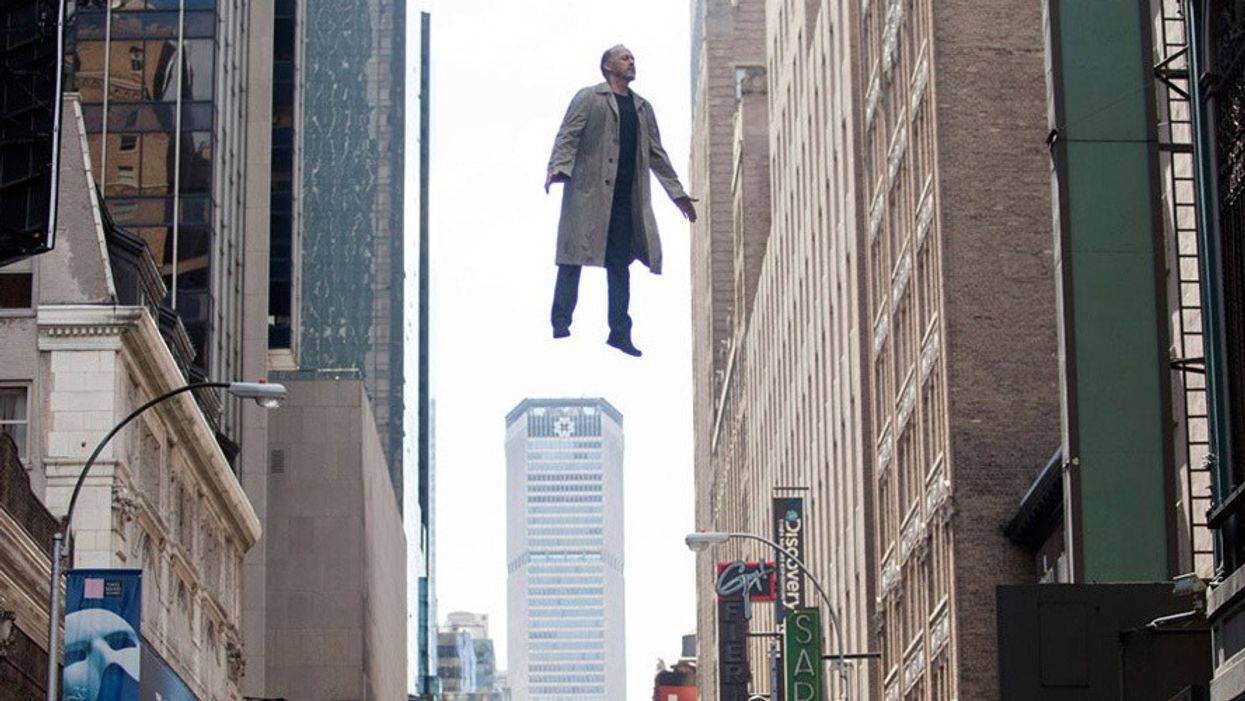4 Cinematic Techniques Iñárritu Emboldens Us To Try
Can Alejandro González Iñárritu’s “visual poetry” push you outside of your cinematic comfort zone?

We are big fans of the never-ending fountain of creativity spilling out of Mexico (what is in the water down there?!) between Iñárritu, Alfonso Cuaron, Guillermo Del Toro and the slew of indie directors that have come up behind them.
Of course, it's not just the directors. Some of our favorite cinematographers hail from the region as well. This poetic video compilation from Vugar Efendi illustrates just why we love Iñárritu and two of his Mexican DP collaborators, Rodrigo Prieto and Emmanuel Lubezki, so much. Between them, Prieto and Lubezki (“Chivo”) shot all of the visually rich films highlighted here: Amores y Perros, 21 Grams, Babel, Biutiful, Birdman and The Revenant.
Iñárritu and his cinematographers take risks that go against convention, and encourage us to do the same. We don't necessarily advocate for using techniques just for technique's sake, but here are four that stood out to us from the clips above that you may want to try in your next film:
1. Long Takes
This is an approach that Chivo certainly brought to Iñárritu’s table. He is known as the “long takes” guy, especially since his famed, 6+ minute, single-take battle scene in Alfonso Cuaron’s Children of Men. Particularly with action sequences, conventional wisdom tells us to use editing to build tension, but Iñárritu and Chivo show us that uninterrupted shots can serve also this function—building tension by the very lack of cuts, thereby forcing us to linger in uncomfortable situations.
2. Slow Camera Movements
Of note is that static shots are all but absent from the clips above. However, the camera movements are often subtle and do not employ a typical handheld style or rely on pans and tilts. Among all of the techniques used by Iñárritu’s DPs, this one might take the most practice to get right. You need to find the balance between motion that intrigues versus distracts the audience but, if you do, the camera can become an active character in your narrative right alongside the actors.
3. Magical Realism
Popular in contemporary literature (such is in yet another Mexican export, Laura Esquivel's novel Like Water for Chocolate), it is tempting to assume that magic in cinema should be reserved for fantasy genre or children's films. But what is cinema other than the magical alchemy of disparate sensual ingredients? When used carefully and deliberately, like in Michael Keaton's Birdman flying scenes, magical realism might just score you an Oscar.
4. Embracing Ugly
Shots can be gorgeous without being "beautiful." What is more annoying than an intense action sequence from which a heroine emerges with no hair out of place? Leonardo DiCaprio's, well, complete hot-messiness in The Revenant and Emma Stone’s makeup-stained closeups in Birdman remind us that a little grit can be a visual cue to a character’s inner state, and help viewers get drawn into a moment of empathy without the filter of "perfection" standing between us and the protagonist.












